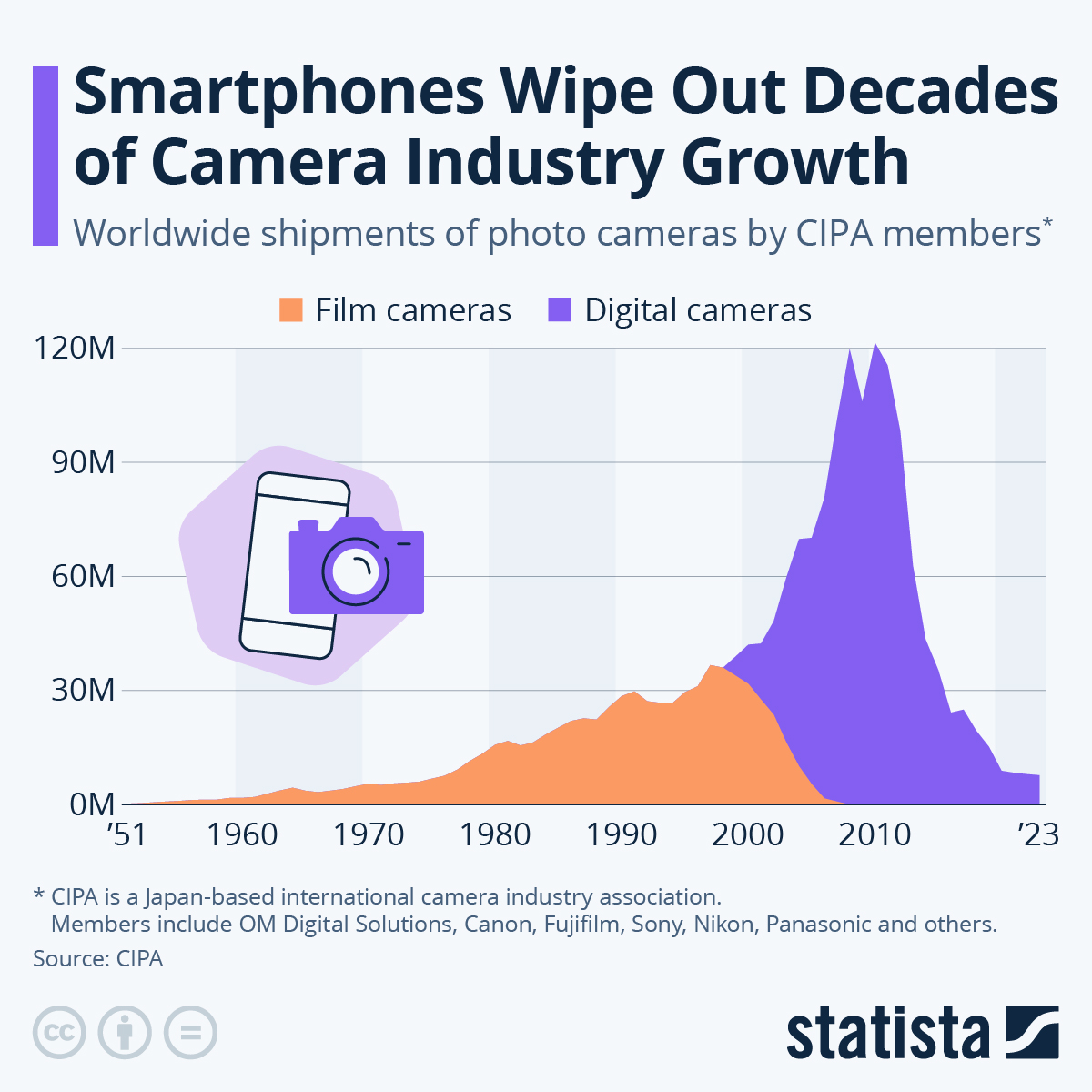Hmmm, I am not sure that I follow your logic. "Cripple hammer" is a derogatory phrase to say that Canon has withheld features from a camera body deliberately to hit a market niche where a simple firmware change could unlock them. Canon has certainly done this in the past and - I believe - is a common marketing strategy for any product. Car manufacturers have been doing it for years.
I have no issue with it except where it wouldn't hurt their market eg electronic shutter noise/eshutter speeds <20fps and remapping of the Rate button.
Enabling cheaper/smaller/lighter lenses with greater focal lengths based on computational corrections is actually adding features that couldn't be possible in the past. Having 14mm focal length with 77mm filter thread is remarkable!
What price Canon charges for them is a different story but I don't think that there is anything stopping you from using adapted EF/EF-S lenses instead if they are too expensive for you. The market will respond if there is no demand due to over pricing.
The world has some weird business models now....
Adobe sells SW on subscription to have cash flow certainty but bundled LR/PS at a price that seems ridiculously cheap compared to the past SW licenses.
Apple sells hardware and gives away SW updates for free
Amazon sells widgets but has a paid subscription for freight and gives away video contact for free
Tesla sells cars with SW updates and some are paid subscrptions
The way that some lenses are crippled is that they're a regression from their EF or EF-S counterparts, they're either darker, more distorted or stripped back in functionality. There are some great new RF lenses that aren't L-series lenses, but some of them only offer benefits to specific photography niche uses, such as personal travel photography, where portability (size/weight) trumps image quality.
The RF 16mm f/2.8 and 24mm f/1.8 macro are really poor excuses for lenses in that they can't be used for the majority of genres those UW focal lengths are used for. The reality is that these are just lenses for vlogging/Youtube and casual travel/hiking photos to share on social media. and they're great for that purpose.
I'm not sure how Canon can take an EF-M lens like the EF-M 15-45mm f/3.5-6.3 STM IS, and copy it to make the Canon RF-S 18-45mm F4.5-6.3 IS STM, but somehow make it darker on the wide end? Must have saved a few cents somewhere.
Once Canon was no longer constrained by the minimum DSLR aperture necessary for AF to function, or the real-world view of an OVF, some of their consumer lenses got darker or more distorted, simply because mirrorless camera bodies can work with less! It's not like the consumer EF and EF-S lenses were so outstanding that they could be crippled a bit more without losing something. Using a crippled lens that can do less does eat into whatever gains are delivered by the new camera body technology, meaning that the potential of the camera tech isn't fully realised , because it's a classic case three steps forward, two steps back.
Like you said, there's nothing stopping people from continuing to use adapted EF/EF-S glass, and waiting until Canon releases a more comprehensive range of lenses that offer more choices. That's kind of an amusing idea when third-party RF mount AF lenses are progressively decreasing in number for some strange reason, but as the brand-loyal strongly assure us, there's nothing to see here! If there's no compelling reason to pay very premium prices for good L-series RF glass, or put up with the compromises of consumer RF lenses, then people are better off saving their money for now. Having an almost total monopoly in the RF lens market means buyers are backed into a situation of either buying consumer lenses with whatever compromises Canon's cripple hammer chooses to inflict, or paying for brilliant but mostly overpriced RF L lenses.
I've done what any reasonable person would do, bought the RF lenses that suit my
needs, got an adapter for my EF lenses, and ignored the RF lenses in my
wants category that may be nice to have, but are either overpriced, aren't good value for money, lack the image quality I require, or that don't give me much over my EF lenses for all the additional cost.
Right now I'm patiently waiting to see if the promised Canon 150-600mm lens ever arrives and if it's is going to be any good...


